2814 Old Hickory Road
“The heart of the Scots – Irish settlement known as the Waxhaws.”
The Rock Hill Herald reported on April 9, 1885 contained a story about a service to celebrate the creation of the first Presbytery in upper S.C. organized one hundred years ago at Waxhaw. It stated, “that signs of the old building burned by the Tories about 1781 remain visible from the roadside.”
City Directories and History: Scots-Irish immigrants settled the historic Waxhaw community in the 1750s. These settlers established a Presbyterian meeting house (1755) and cemetery as the center of their community. The original meeting house has been replaced by another
church structure but the cemetery remains as one of the oldest historic sites in present day Lancaster County and as a visual reminder of that pioneer settlement. The grounds were part of land that belonged to the Reverend Robert Miller, and the land was deeded to the Presbyterian Church in 1757. The Waxhaw Cemetery is probably the most significant site remaining related to the Revolutionary War Era figures Andrew Jackson, William Richardson Davie, and Andrew Pickens, who contributed to the early development of the state and nation. The cemetery also contains noteworthy examples of eighteenth and nineteenth century tombstones. Many of the eighteenth century tombstones are marked with relief carvings illustrating the lives of the deceased. These stones are flat, vertical tombstones with rounded or scrolled tops. Much of the lettering is clearly carved and is still legible. The vertical eighteenth century stones are distinguishable from the flat, horizontal nineteenth century slabs and massive monuments. Listed in the National Register September 11, 1975. [Courtesy of the SC Dept. of History]
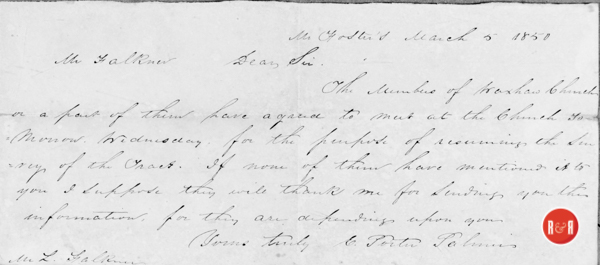
Note addressed to Leon Faulkner in 1850 via Peter Palmer, asking that he attend a meeting at the church. Courtesy of the Faulkner Collection – 2018
The Waxhaws, named for a tribe of Indians now extinct, was settled in the early 1750s by Scotch-Irish immigrants from Pennsylvania and Virginia. Receiving their grants in Anson County, North Carolina, they were joined in the Waxhaws by a group of settlers who were establishing their claims under the South Carolina government. The uncertainty of the line between the two colonies resulted in conflicting claims. The boundary line question was finally settled in 1813 when a stone was erected a few miles south of the Catawba Indian lands. At this point the surveyors had stopped in 1764 when they realized that they had not been following the 35th parallel as directed by the Crown, but were running a line eleven miles south. The original stone, known today as North Corner, is located east of Highway 521 about seven miles north of Lancaster. It bears the initials “N.C.” on the north side, “S.C.” on the south side, and “A.D. 1813” on the west side. The Waxhaw Settlement was an area of indefinite boundaries. This article deals only with the area between Waxhaw Creek and Cane Creek in Lancaster County, South Carolina, with the Catawba River on the west, and with the Old Waxhaw Presbyterian Church as the center of the settlement. Founded in the early 1750s, the church remains today as a monument to the faith of the early settlers. Adjoining the churchyard is Old Waxhaw Graveyard with its records on stone of the names and exploits of the pioneers and those who have come after them, up to and including the present. The cemetery is on the National Register of Historic Places. Few place names from the early days of the settlement have survived; however, the names of watercourses have remained constant. Waxhaw Creek, which flows into the Catawba River, has retained its name from the beginning of the settlement.
Sandy Branch, another stream emptying into Cane Creek back of Old Waxhaw Church, was the home of the Faulkners. The branches from the Meeting House Spring and the School House Spring flow into Sandy Branch. The Meeting House Spring is shown to the south of the Meeting House on the 1758″ plat of Old Waxhaw Church property. The School House Spring may have marked the site of an old “field school” or the noted Waxhaw Academy. The Reverend William Richardson, pastor of the Waxhaw Congregation, as well as his predecessor, the Reverend Robert Miller, combined the duties of schoolmaster with those of the pastor. As a result of their efforts, the Waxhaw Academy was organized. According to Mills’ Statistics of S.C. (Information from: Names in South Carolina by C.H. Neuffer, Published by the S.C. Dept. of English, USC)
Also see PDF this page: GUIDE TO PRESBYTERIAN NAMES AND PLACES IN SC by J.B. Martin, III – 1989
R&R Notes: Rev. James Ruet Gilland was born in Franklin Co., Pennsylvania, and died in Williamsburg Co., S.C. He was a son of Thomas I. Gilland and his wife, Jane McDowell. Both Thomas and Jane Gilland were buried in York Co., S.C. Rev. J.R. Gilland was pastor of both Old Waxhaw and the Lancasterville Presbyterian churches from 1840 to 1842. Descendants of Rebecca Hutchison and J.R. Gilland, having the names McCuthen and Cottingham, are still living in the Kingstree area today. (Along the Lands Ford Road, Wm. B. White, Jr., Vol. II.)
Also see PDF this page: GUIDE TO PRESBYTERIAN NAMES AND PLACES IN SC by J.B. Martin, III – 1989
***Historian, Harvey S. Teal’s S.C. Post Office History, 1989 states: the Waxhaw Post Office (1), James White – Postmaster, 1822 – 1828, followed by Samuel F. Dunlap – Postmaster from 1829 – 1832. Waxhaw Post Office (2), William M. Taylor – Postmaster, 1852 – 1854.
Stay Connected
Explore history, houses, and stories across S.C. Your membership provides you with updates on regional topics, information on historic research, preservation, and monthly feature articles. But remember R&R wants to hear from you and assist in preserving your own family genealogy and memorabilia.
Visit the Southern Queries – Forum to receive assistance in answering questions, discuss genealogy, and enjoy exploring preservation topics with other members. Also listed are several history and genealogical researchers for hire.
User comments welcome — post at the bottom of this page.
Markers to Heroes of Revolution Erected at Waxhaw Site By Miss Nancy Crockett
Under the sponsorship of the Waxhaw’s chapter, Daughters of the American Revolution, five markers to Revolutionary soldiers have been placed in Old Waxhaw cemetery.
The ground around the Elizabeth Hutchinson Jackson monument, which was erected by the Catawba chapter, D.A.R., has been set aside by the session of the church for memorials. It is fitting that the center of attraction in this burial plot should be the handsome statue to Elizabeth Jackson, because she figured prominently in the struggle of this section for independence. During the dedication ceremony of the Elizabeth Hutchinson Jackson monument sponsored by the Catawba chapter DAR of Rock Hill on May 19,1950 at Old Waxhaw church, a brief account of the lives of the five patriots, whose stones had been erected, was given. These follow:
James Cureton
James Cureton, Virginia, Private Revolutionary War, 1739-1813; of Prince George county, Va.; came to the Waxhaws in 1788; returned to Virginia, 1791; served in Virginia legislature, 1794-1801; captain of Virginia Militia; 1794; established Cureton family in Lancaster county. The marker to James Cureton was erected by Dr. James Kirk Cureton, Professor of Physical Education at the University of Illinois, Urbana, Illinois, and was dedicated at the Massey-Cureton reunion last fall. James Cureton was a private in Colonel Bland’s Virginia Dragoons and may have been with Captain Call’s company when it joined Colonel Buford before the massacre of Buford’s men by the British under Lieutenant Colonel Tarleton about eight miles east of Lancaster May 29, 1780. The wounded were brought to Waxhaw church where they were nursed by the women of the community – one of whom was Elizabeth Hutchinson Jackson, who with two of her sons, Robert and Andrew, “ministered to the sufferers on the straw-covered floor.” Evidently finding this section to his liking., James returned to the Waxhaws after the war and founded the Cureton family of Lancaster County, S. C., who intermarried with the Heaths, Masseys, and Dobies of this section. James Cureton was buried in the private Cureton-Massey-Cook burying ground on the right of U S. Highway 521 about ten miles north of Lancaster, not far from the George McKemey place, which the Curetons bought in 1796.
William, Robert Gault
William Gault, Private S. C. Militia; Revolutionary War; 1735-1937 (his death date should be 1903). Robert Gault, Private S. C. Militia; Revolutionary War, December 1, 1764; (the date of death was May 17 or 18, 1837). It isn’t known where the father, William Gault, was buried, possibly in Waxhaw cemetery, as deed in Lancaster courthouse show that he owned land on (upper) Camp Creek on the waters of the Catawba River in the Waxhaw settlement. According to the “William Gault Family History, 1735 to 1948,” part I written by Pressley Brown Gault in 1893 and Part II by Elizabeth Pinkerton Leighty in 1948, William Gault was born in Pennsylvania of Scotch-Irish parentage. He was married to Rebecca Coffey of Virginia and they were the parents of 13 children. “William Gault was a Whig and a soldier of the Revolutionary War. During his term of enlistment as a soldier in the army, he came home on a furlough and having a field of com ready to harvest, sent his oldest son, Robert, to take his place in the ranks until he gathered the com. Unlucky for Robert, during this time there was a skirmish and he was taken prisoner by the British soldiery and held by them until the end of the war; much of that time, which was several years, lying in filthy prisons, polluted with vermin and sick almost to death; and when finally released without a dollar in his pocket, and several hundred miles from that home from which he had been so long separated, must although sick and prison-worn to a mere skeleton start alone and on foot through a wilderness country.. .compelled to dig his way amid dangers and privations which must be endured before they can be properly understood. Upon his release, after many weeks of patient travel, foot-sore and almost helpless, he arrived home. So changed, that even his mother did not recognize in him, her long lost boy.” (Gault Family History) Robert Gault’s pension record verifies the above and states that he was made a prisoner at the Battle of Blackstock, jailed in Camden, placed aboard a prison ship in Charleston, exchanged as a prisoner in Jamestown, Va., and from there made his way back to the Waxhaws. Robert Gault was twice married and had a large family, two of his sons being Charles and Joseph. Robert moved to Union district, S. C. and evidently died there May 17 or 18, 1837. After William Gault’s death in the Waxhaws in 1803, Rebecca Coffey Gault and six of the younger children moved to Tennessee, leaving seven in South Carolina. The other Gaults left in South Carolina besides Robert were John, William, Jane, Isabella who married a Bailey and two others whose names are not known.
The two Gault stones were erected by Mrs. Elizabeth Pinderton Leighty and her mother, Mrs. Eliza K. Pinkerton of Sprata, Illinois, and Mrs. Charles E. Sproul also of Sparta. Copies of “The William Gault Family History” and “Montague’s History of Randolph County, Illinois”, were presented to the Waxhaws chapter DAR by Mrs. Leighty and have been placed in the DAR cabinet in the Lancaster county library.
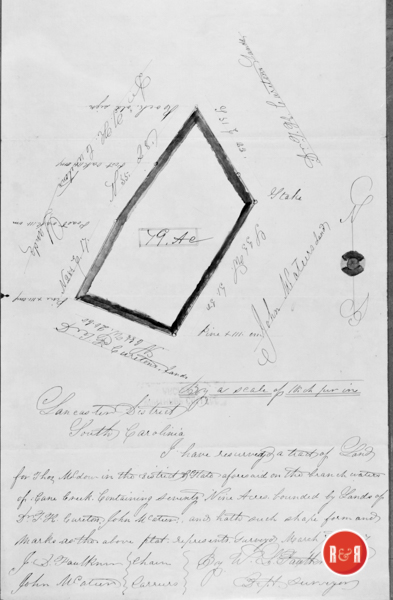
Plat of the lands of Thomas McDow. See original “Enlargeable” as a PDF. Courtesy of the Faulkner Collection – 2018
Thomas McDow Thomas McDow, Private S. C. Troops, Revolutionary War, October 12, 1765-October 24,1885; Ruling Elder of Waxhaw Church. The Revolutionary soldier, Thomas McDow, was bom in the Waxhaws, was a member of the Waxhaw militia under Captain George Dunlap, returned to the Waxhaws after the war where he resided until his death, and was buried in Waxhaw cemetery. The extant records in the Lancaster county courthouse show that Thomas McDow was a planter of considerable means, owning much land and many slaves. He was twice married, his first wife Elizabeth, died prior to 1809. His second wife Mary Cantzon, was the widow of James Blair. For many years before and at the time of his death, Thomas McDow was ruling elder of the Waxhaw congregation. This stone was erected by Ida McDow Rodman of Waxhaw, N. C., who is a descendant of Thomas McDow through the son, Taylor McDow, and his wife, Anna McLlwaine.
Reese Shelby, Private North Carolina Militia, Revolutionary War; 1724-1811. Reese Shelby was born in Wales and was the second child of Evan Dhu Shelby and Catherine Davies Shelby. The Shelbys came to America in 1734, landing at Philadelphia, tarried a while in Pennsylvania then settled in Maryland near Hagerstown. Reese Shelby came to Mecklenburg County, N. C., about 1760, where he stayed until 1788 when he moved to Cheraw district of Chesterfield county, S. C. He was a member of the Mecklenburg Militia of 1766 and was also in the Revolution, both times serving under Colonel Adam Alexander, his brother-in-law. He was prominently connected with the establishment of banking in South Carolina. His burial place is recorded as Old Waxhaw, and the Shelbys were Presbyterians, but no marker can be found today. He was the father of nine children and brother of Moses and General Evan Shelby. This stone was erected by Reece
Shelby’s great-great-great granddaughter, Bonnie Austin Petteway (Mrs. G. H.) of Charlotte.
The Jacksons Applications have been made for government markers for Hugh and Robert Jackson, brothers of President Andrew Jackson, and sons of Elizabeth Hutchinson Jackson. Hugh Jackson, 16, joined Major Robert Crawford’s company and some months later gave up his life after the Battle of Stono Ferry which was fought June 20,1779. Robert Jackson, along with Andrew, was captured after the skirmish at Waxhaw church and placed in Camden jail. Through the efforts of their mother the two boys were exchanged as prisoners and were brought back to the Waxhaws where Robert died a few days later, either of smallpox or of his neglected wounds. Thus the widowed mother gave two of her sons, and later her own life, to the cause of the Revolution. Since Robert died in the Waxhaw surely he was buried in Waxhaw cemetery by his father.
It is reasonable to assume, as some have, that Hugh Jackson was buried where he died; but since his death didn’t occur until after the Battle of Stono—possibly several days after, when the company was on its way back to the Waxhaws maybe he is buried in Waxhaw cemetery too, since Andrew Jackson in a letter to J. H. Witherspoon of Lancaster, August 11, 1824, says that he would like to collect his mother’s bones and “inter them with that of my father and brothers.”
Many Waxhaw patriots lay in unmarked graves, some in Waxhaw cemetery others in private graveyards, and still others’ burial places are not known. When authentic records prove that a person was a member of the Waxhaw Militia or when family histories states that one was buried in “the Waxhaws”, an attempt will be made to erect a marker to his or her memory.
This article was run in “The Chester (SC) News, June 15, 1950. (Reprint courtesy of the CDGHS – Bulletin)
Please enjoy this structure and all those listed in Roots and Recall. But remember each is private property. So view them from a distance or from a public area such as the sidewalk or public road.
Do you have information to share and preserve? Family, school, church, or other older photos and stories are welcome. Send them digitally through the “Share Your Story” link, so they too might be posted on Roots and Recall.
Thanks!
User comments always welcome - please post at the bottom of this page.
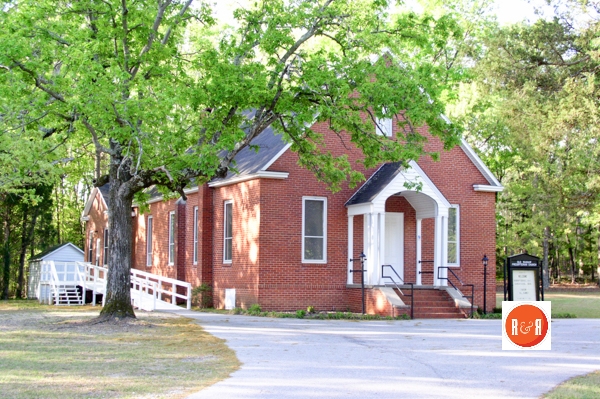
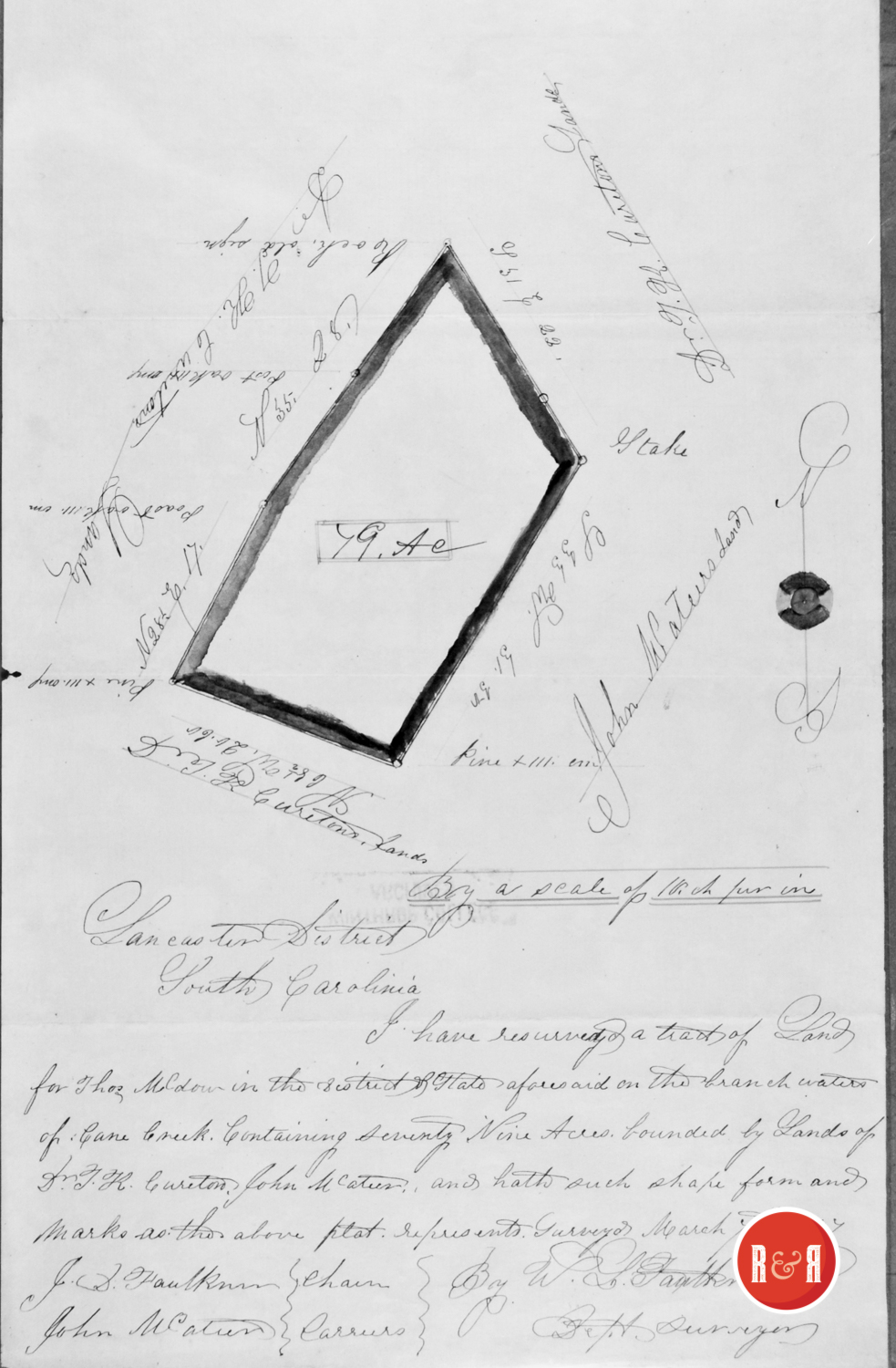
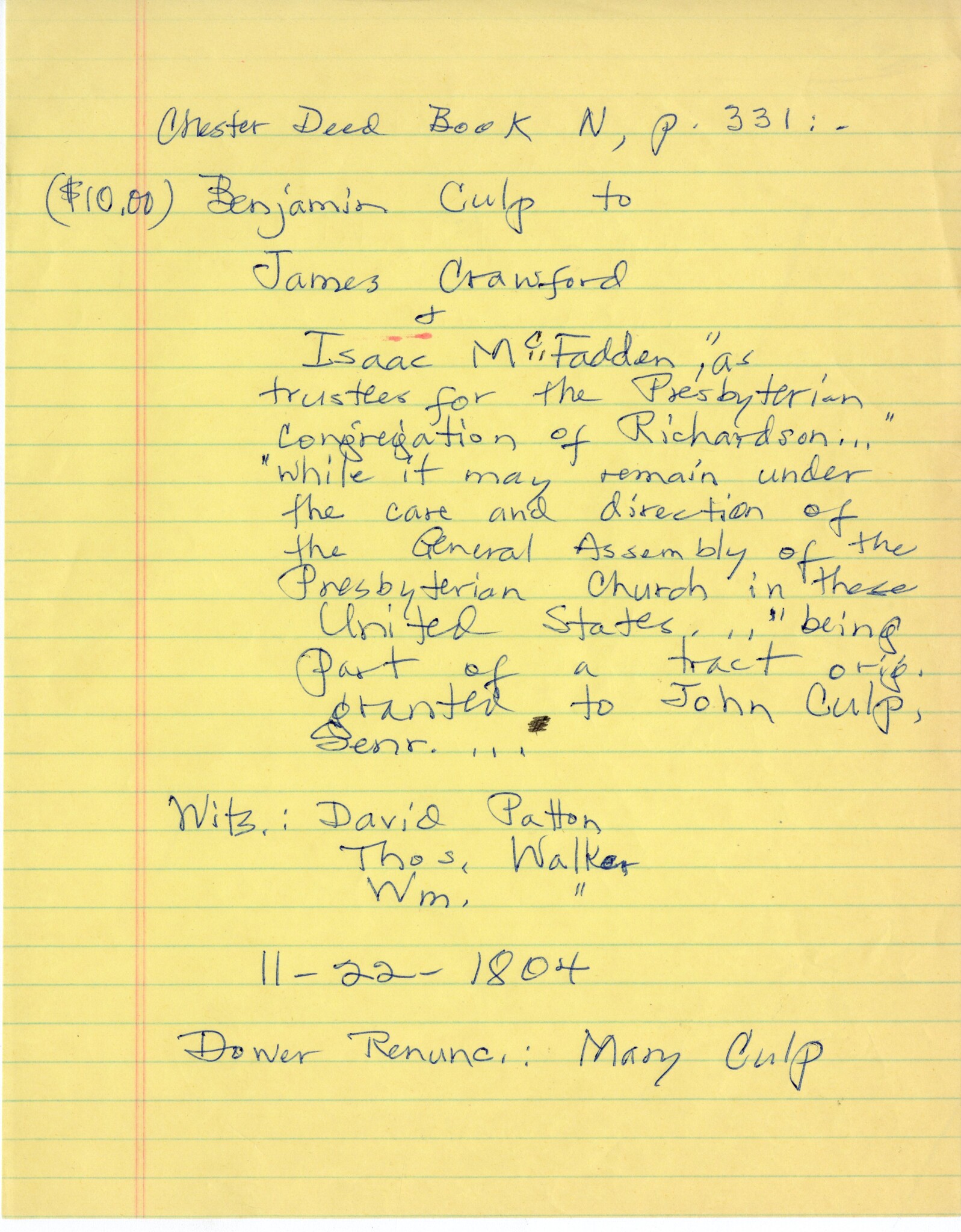
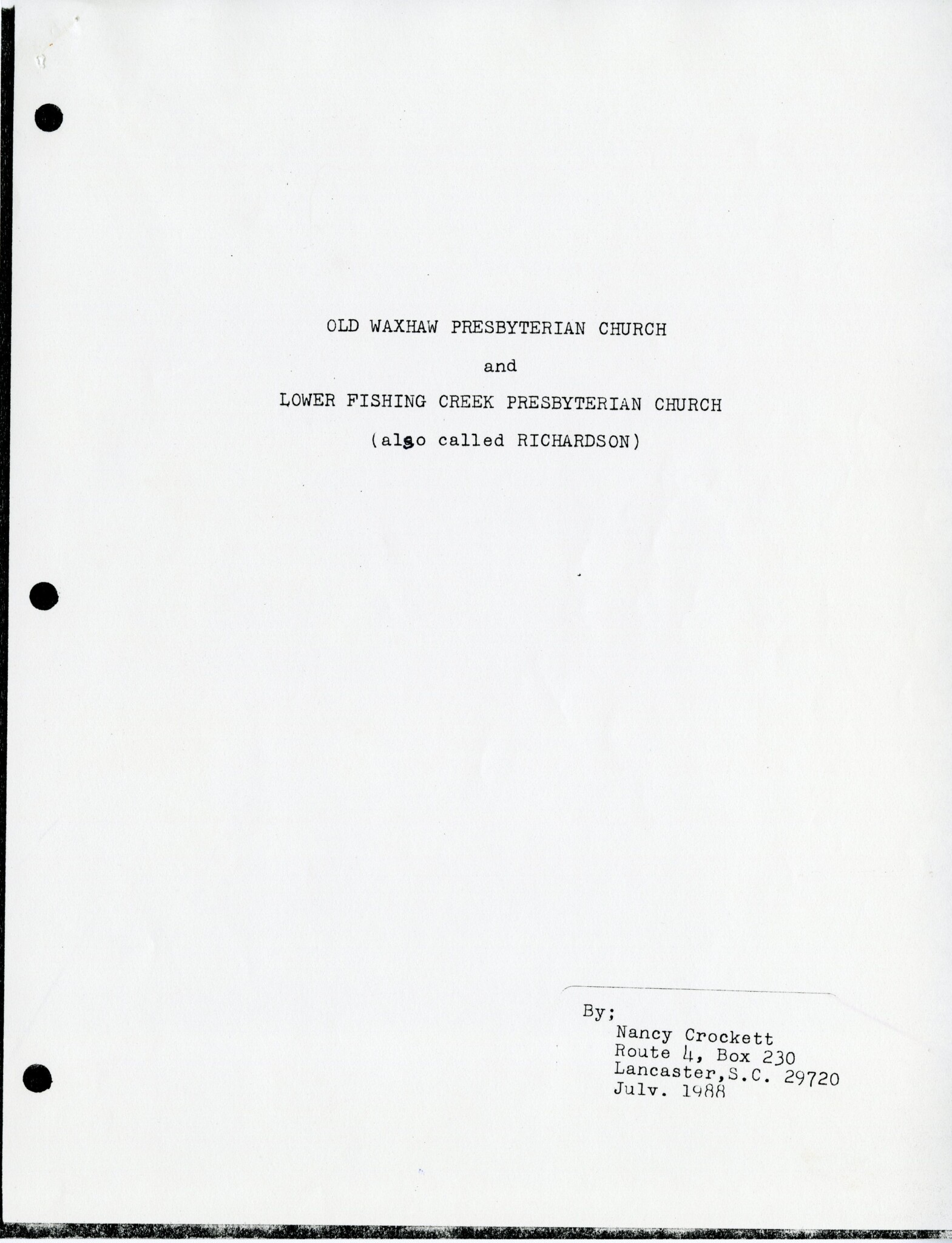 Click on image to pan and zoom.
Click on image to pan and zoom.
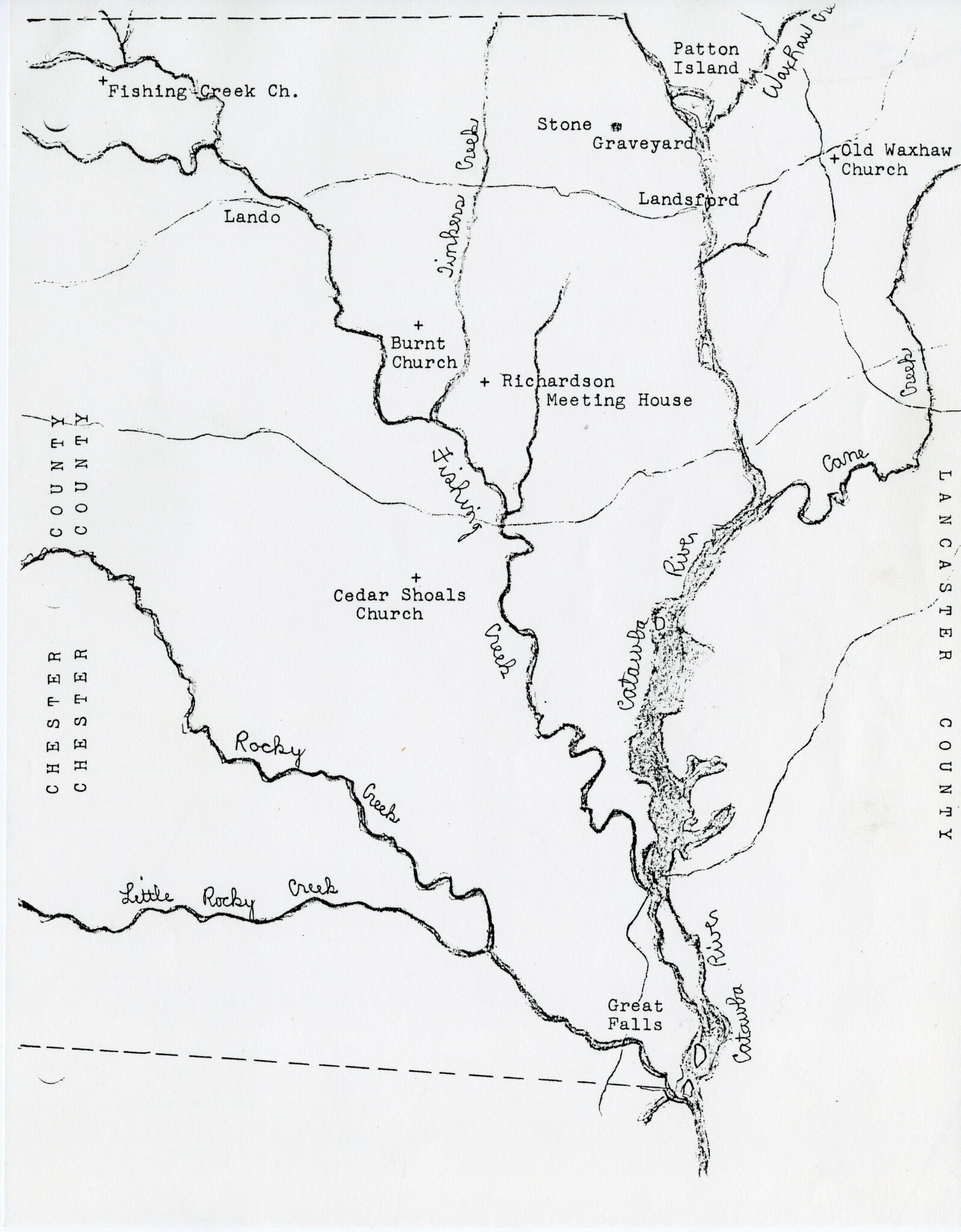 Click on image to pan and zoom.
Click on image to pan and zoom.
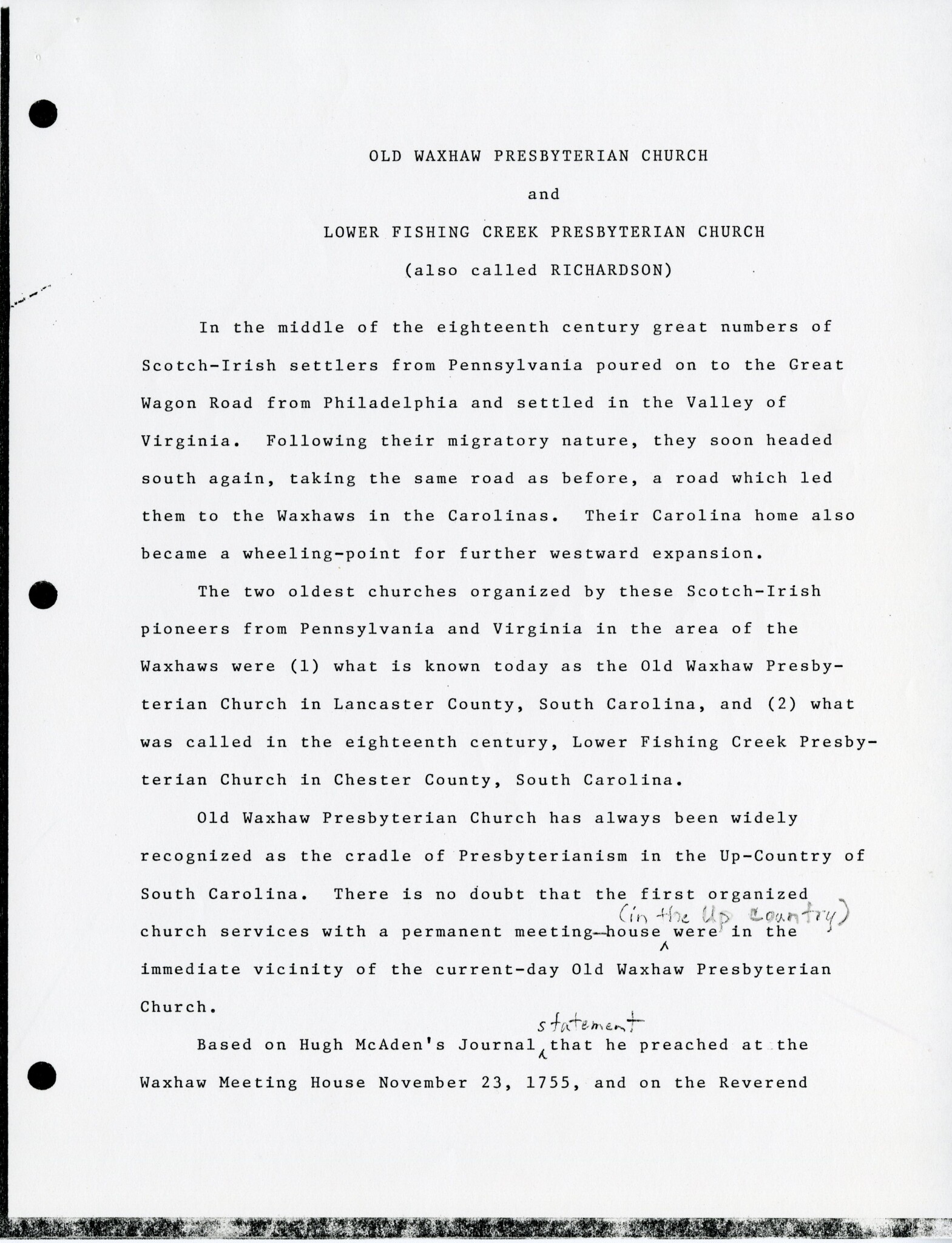 Click on image to pan and zoom.
Click on image to pan and zoom.
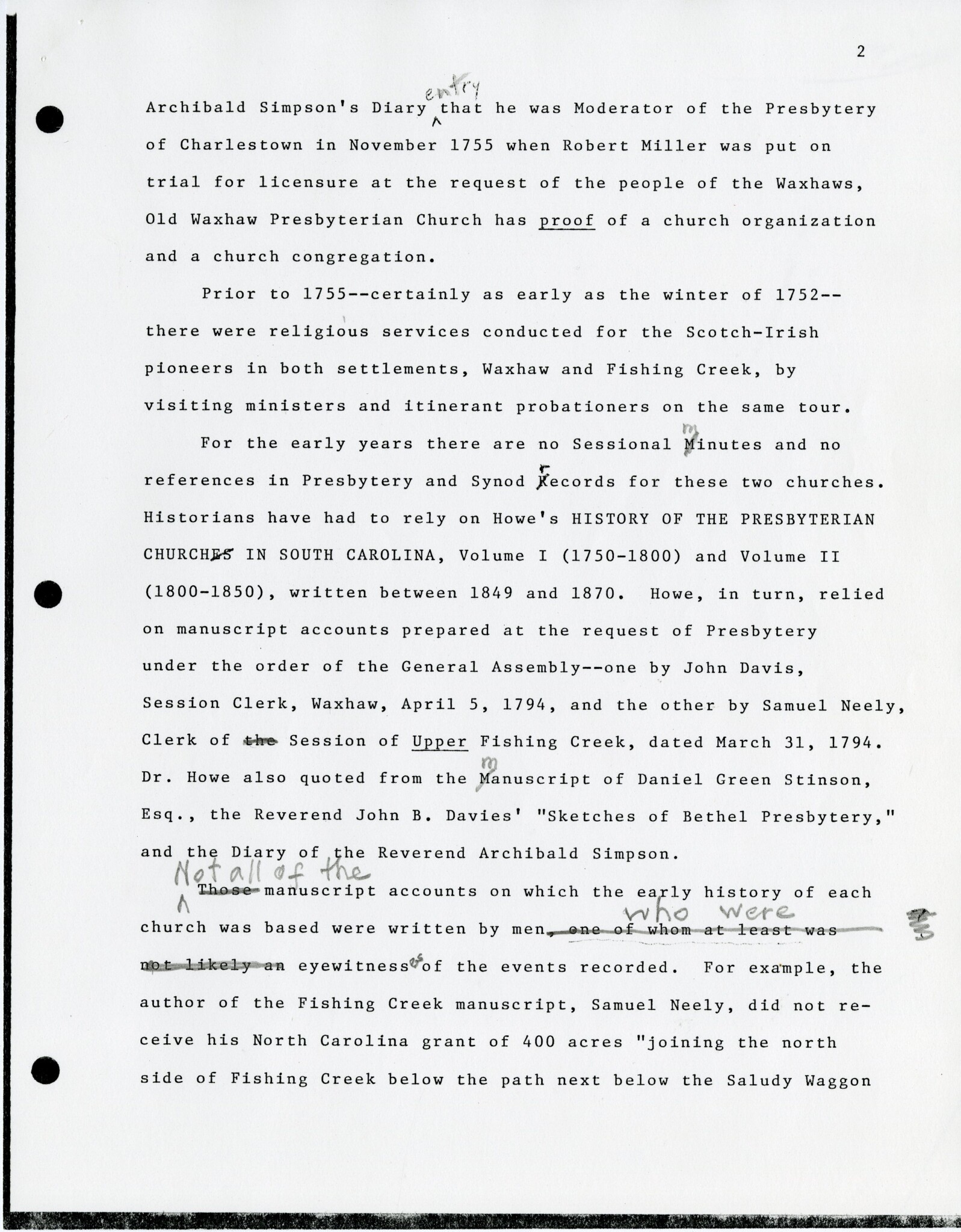 Click on image to pan and zoom.
Click on image to pan and zoom.
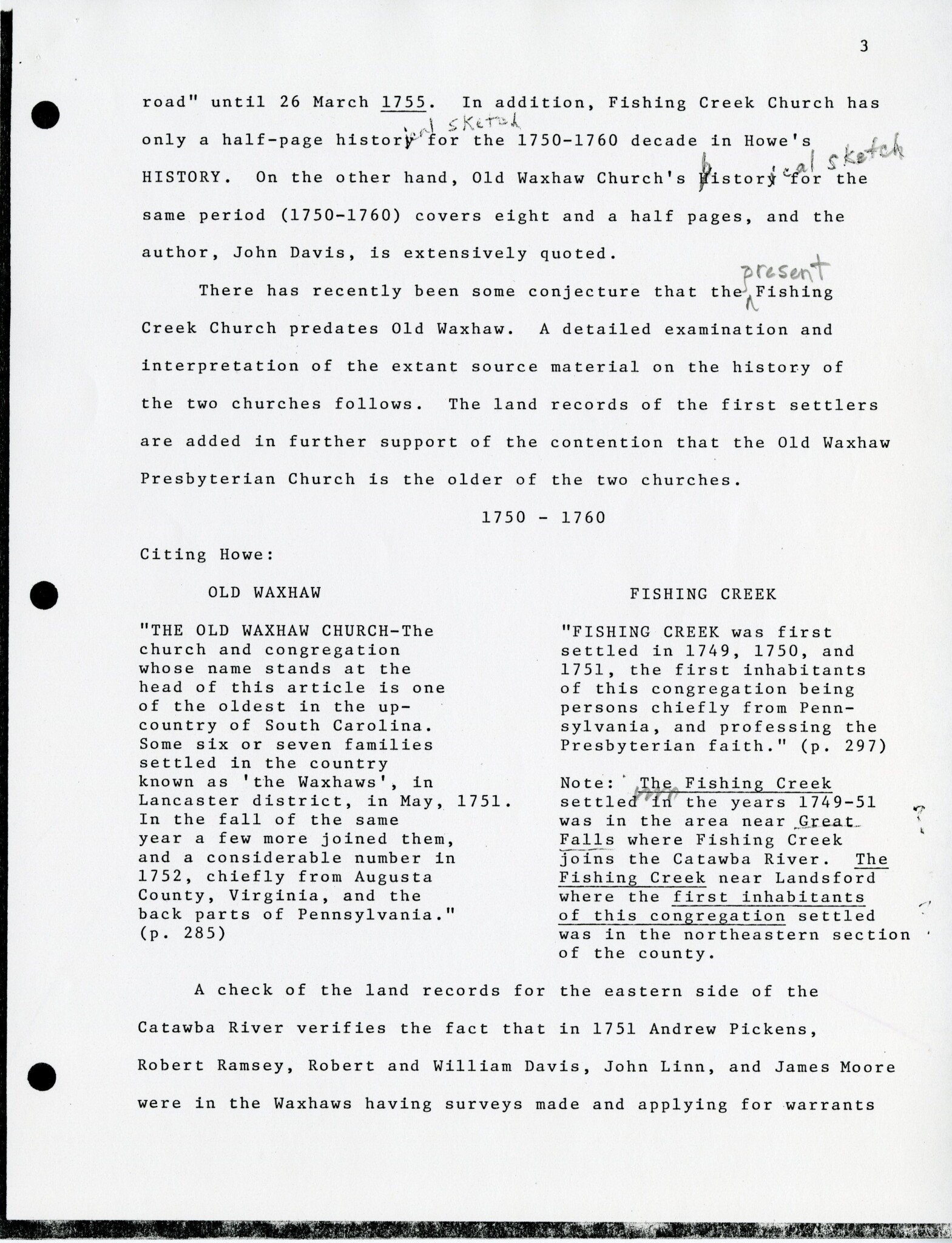 Click on image to pan and zoom.
Click on image to pan and zoom.
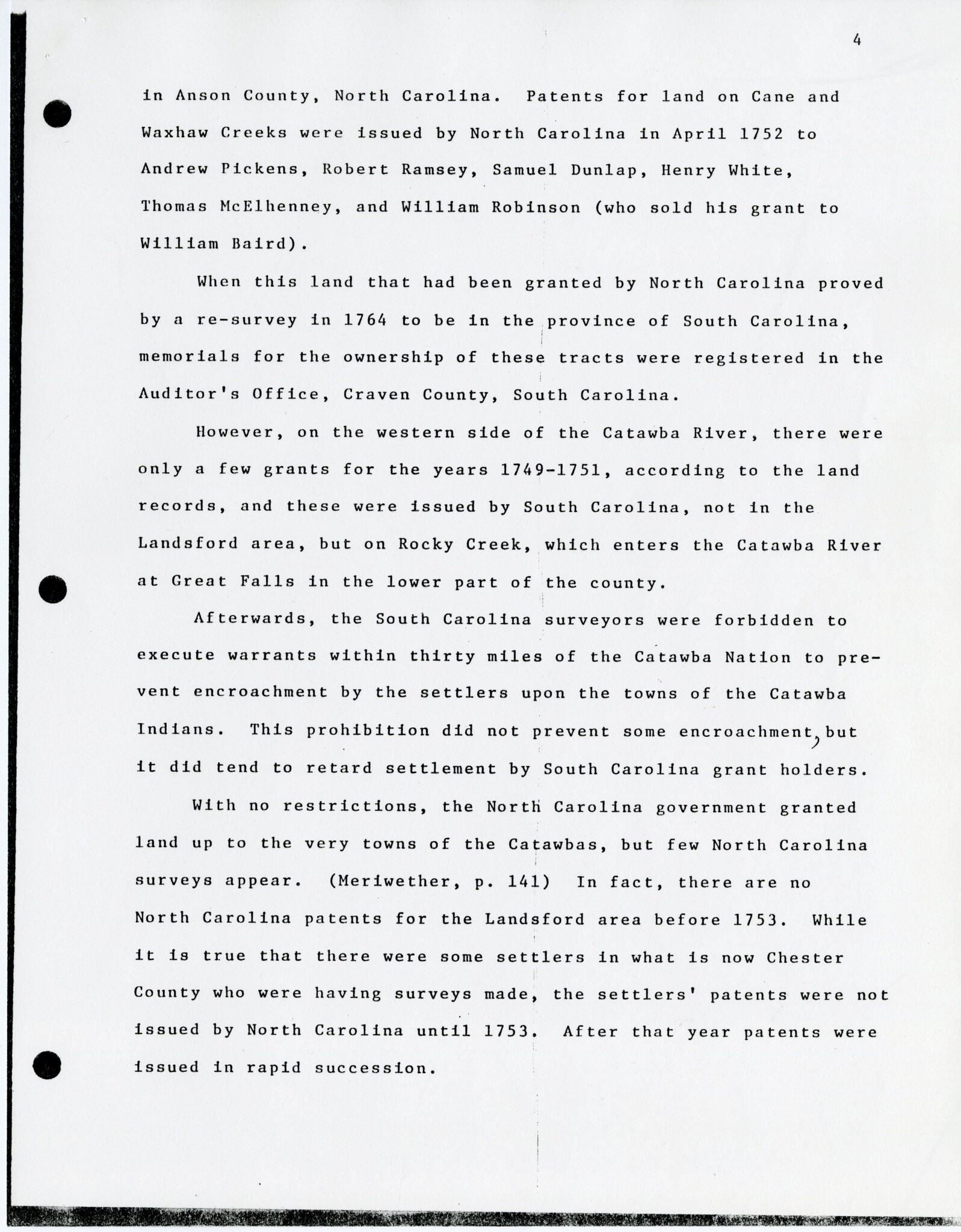 Click on image to pan and zoom.
Click on image to pan and zoom.
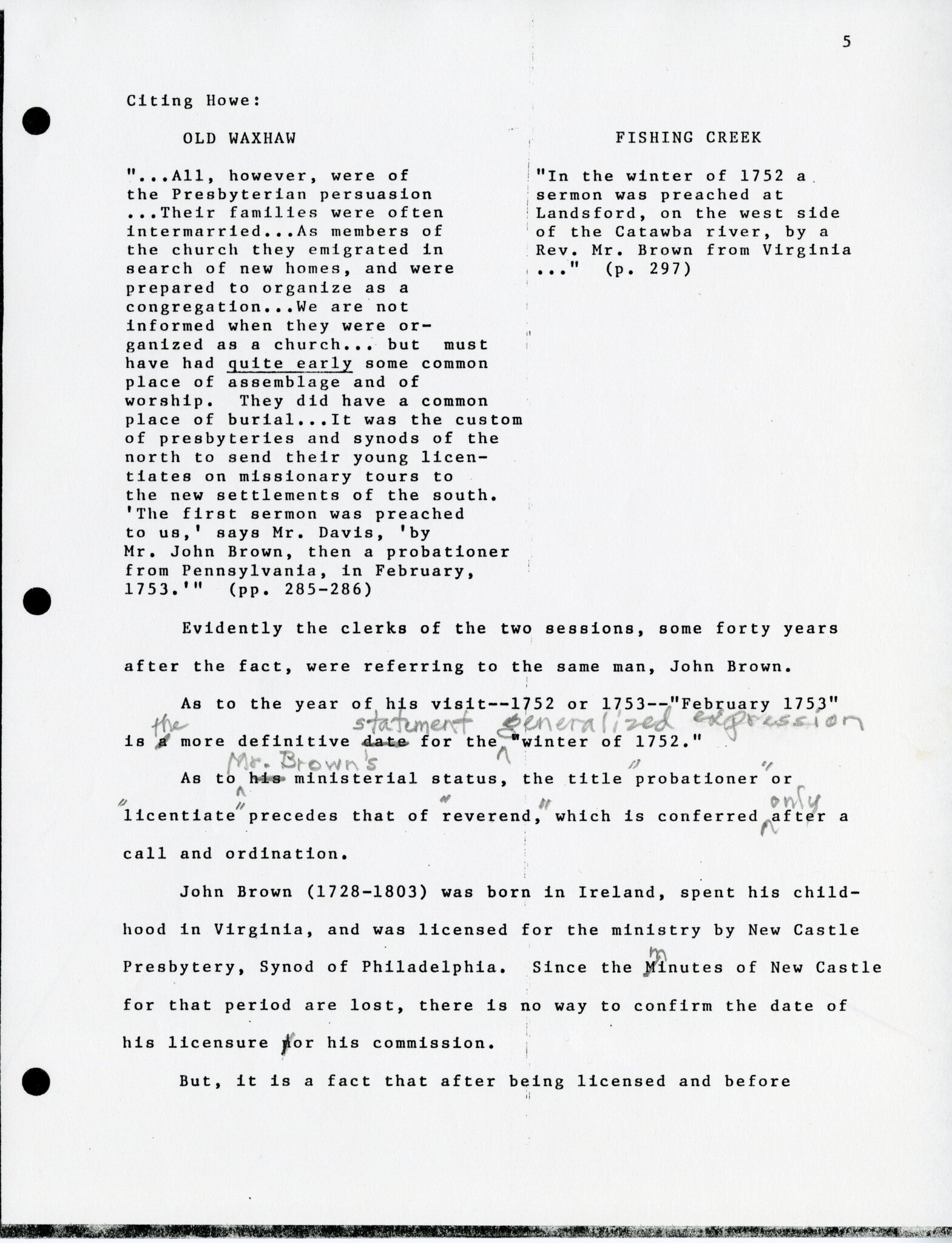 Click on image to pan and zoom.
Click on image to pan and zoom.
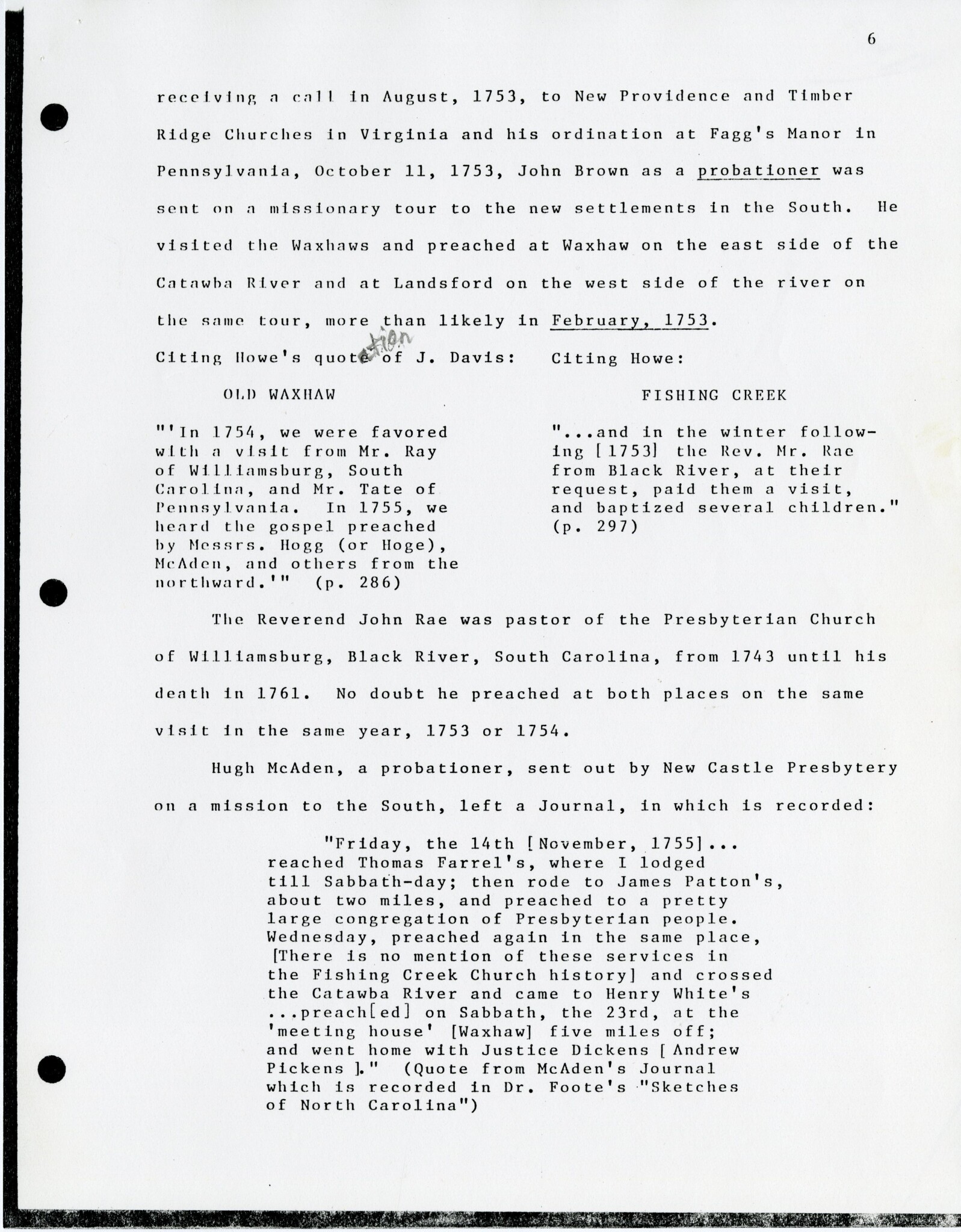 Click on image to pan and zoom.
Click on image to pan and zoom.
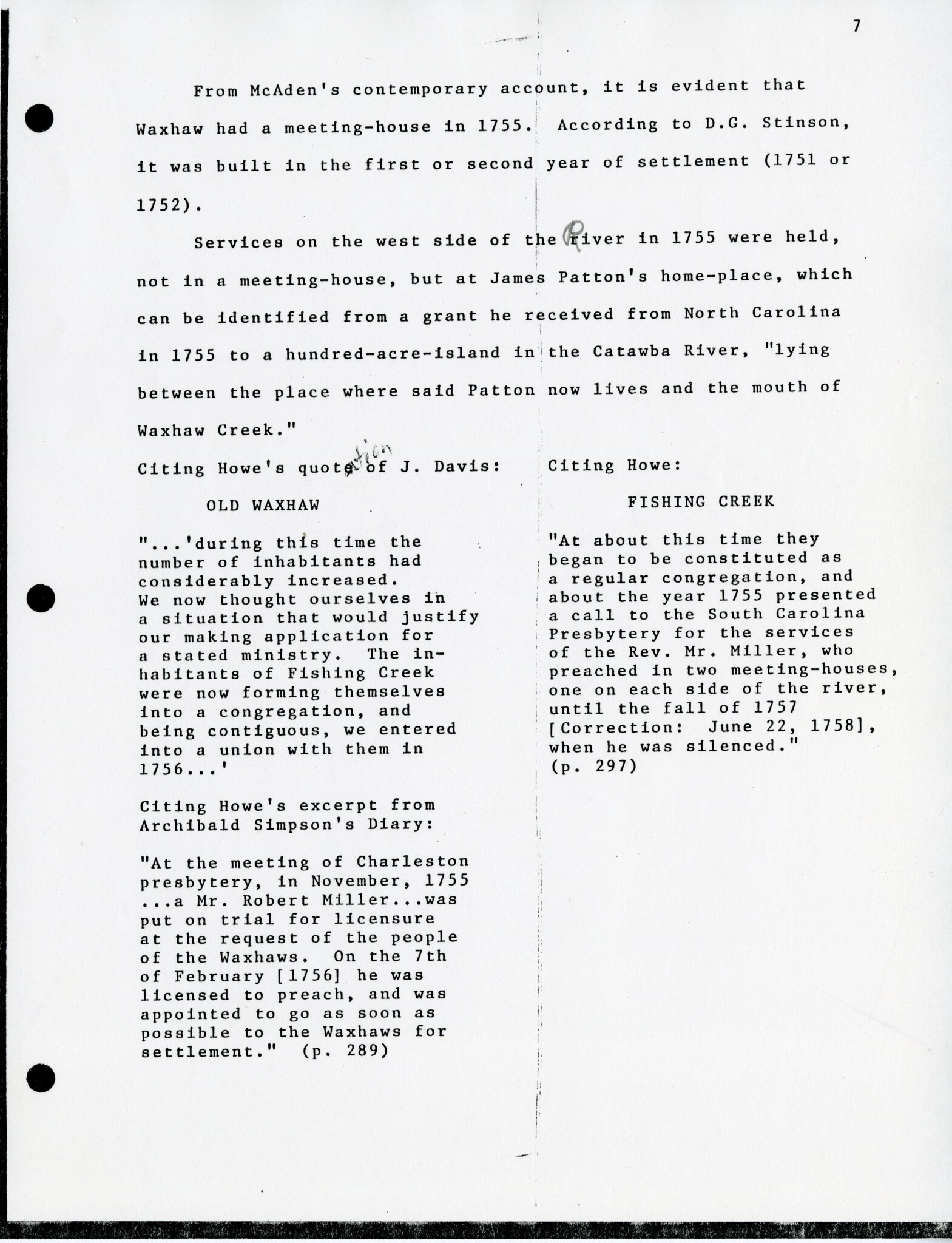 Click on image to pan and zoom.
Click on image to pan and zoom.
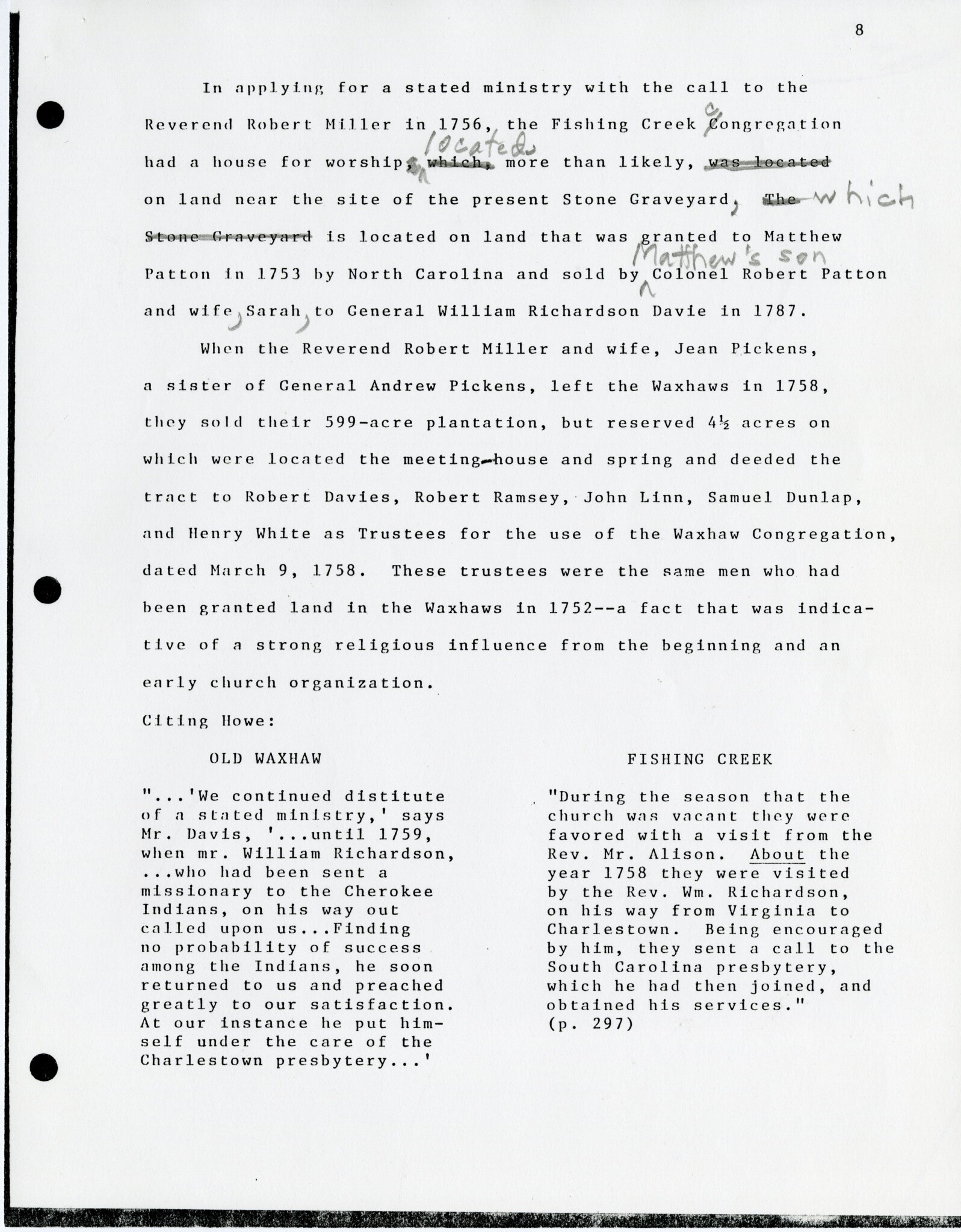 Click on image to pan and zoom.
Click on image to pan and zoom.
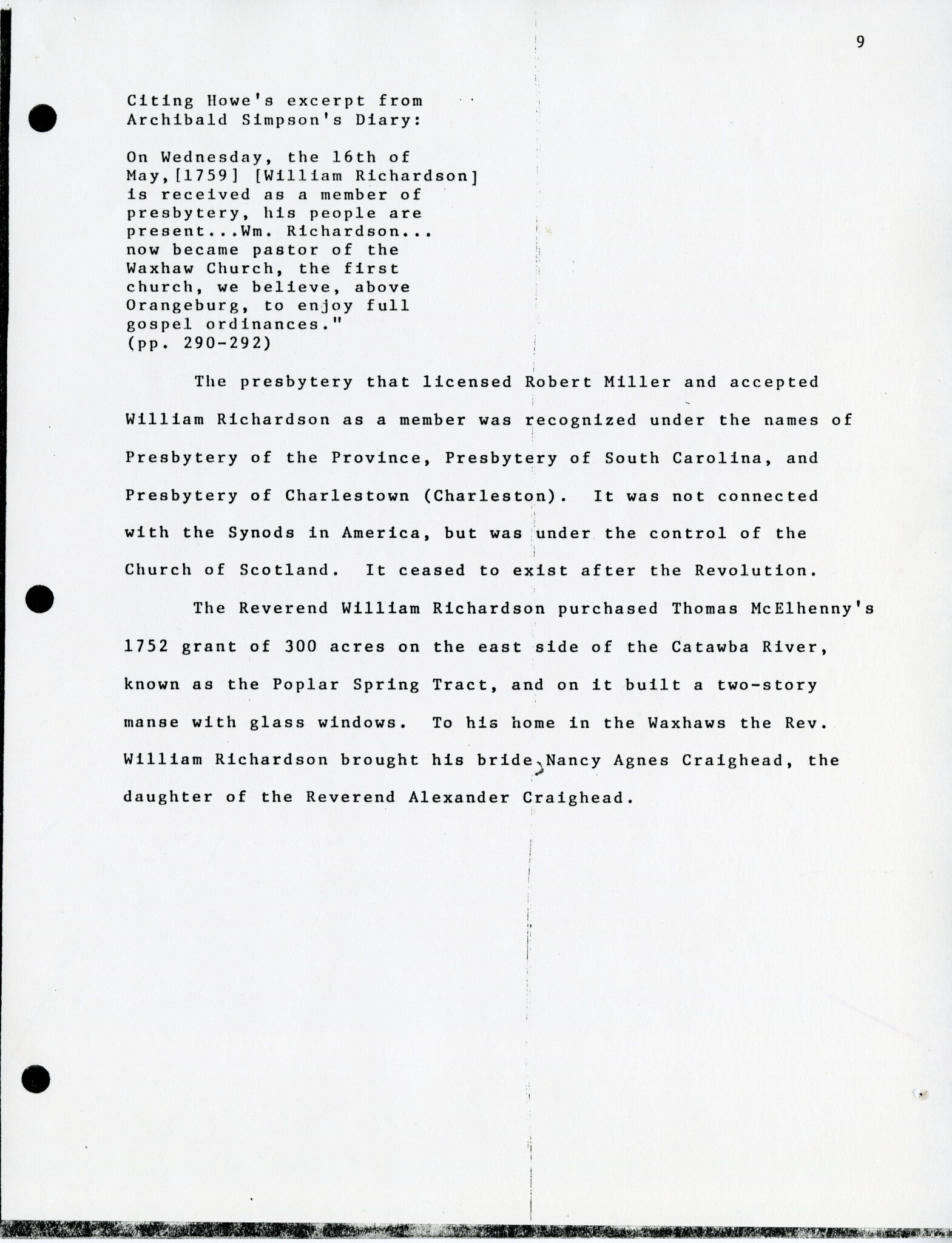 Click on image to pan and zoom.
Click on image to pan and zoom.
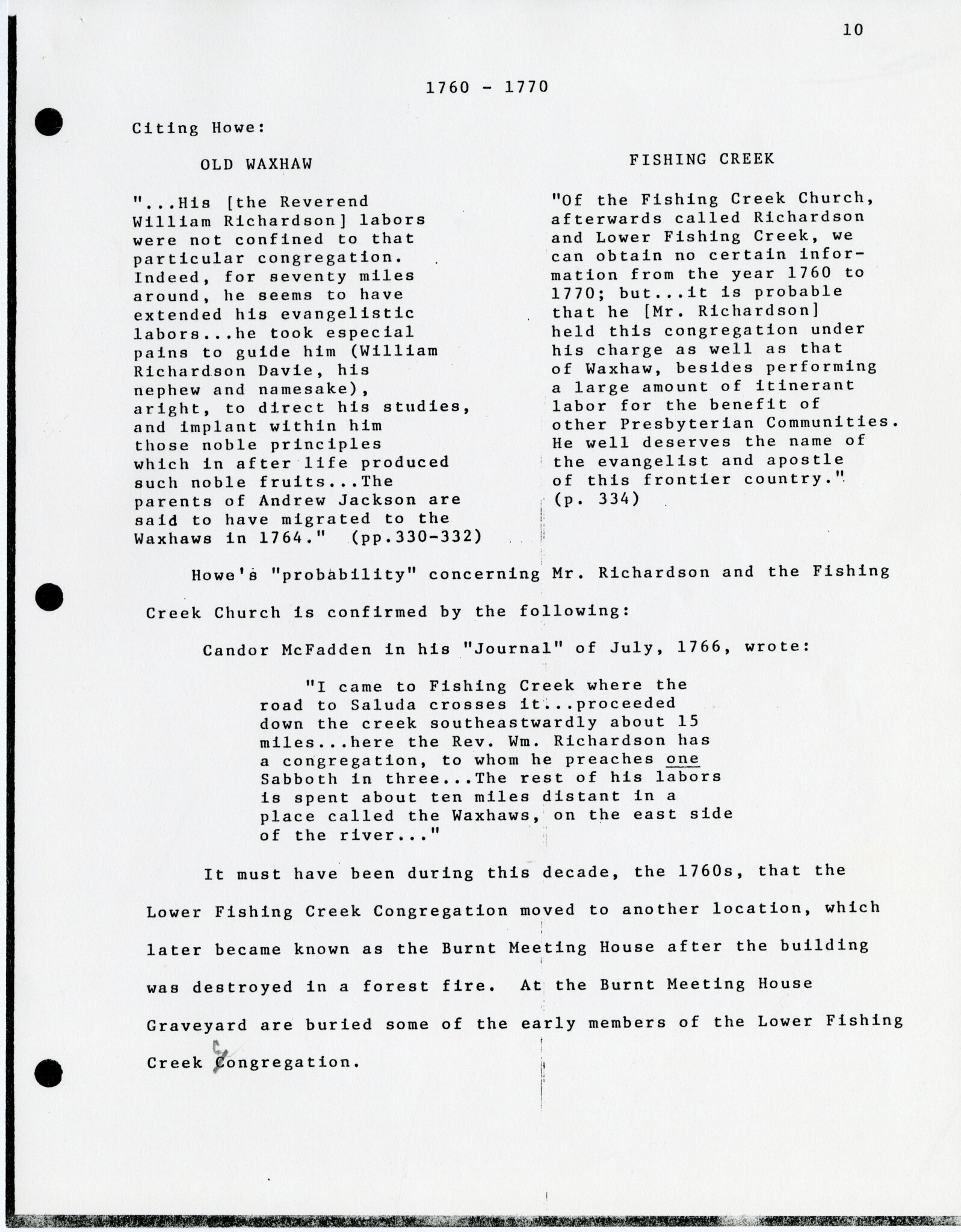 Click on image to pan and zoom.
Click on image to pan and zoom.
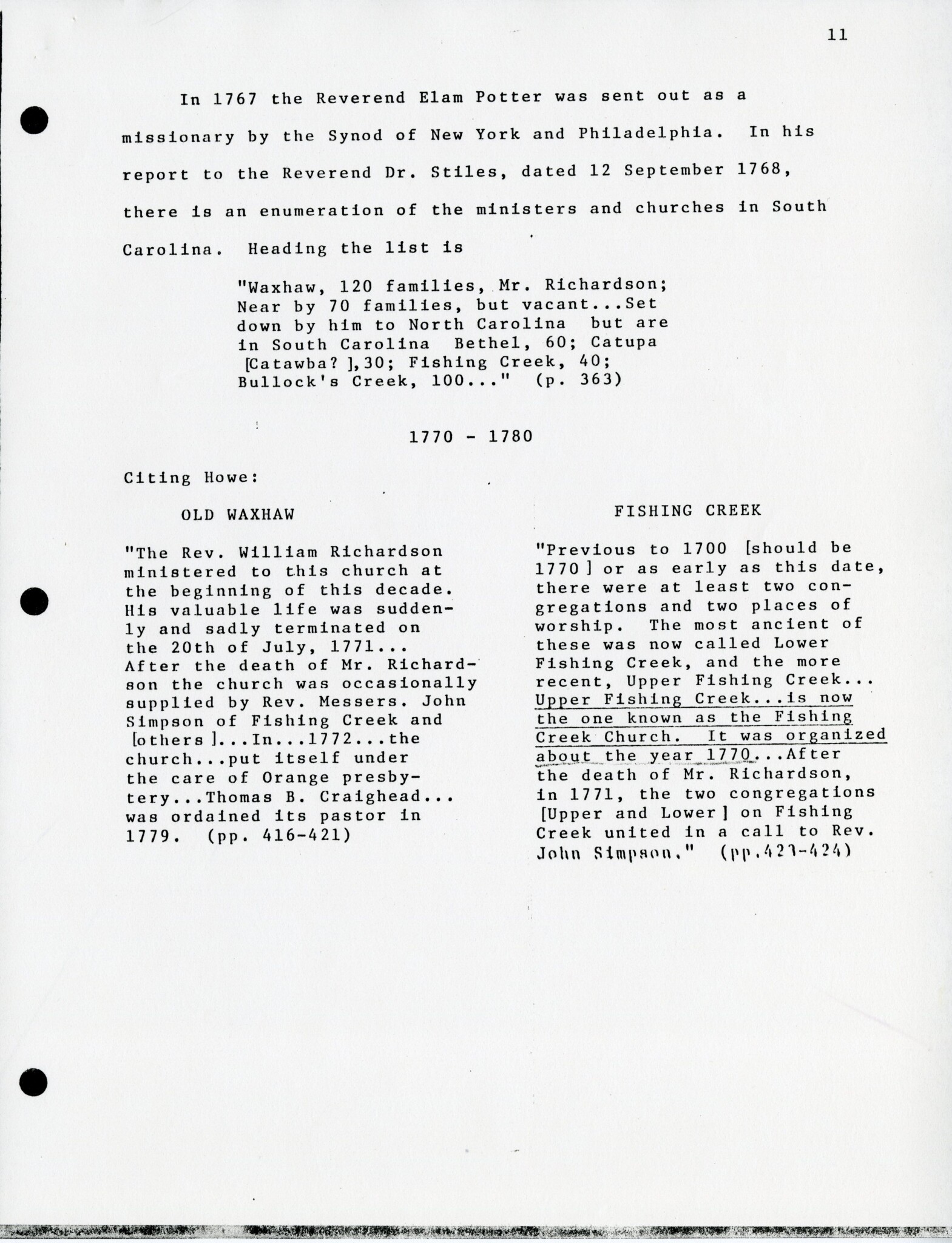 Click on image to pan and zoom.
Click on image to pan and zoom.
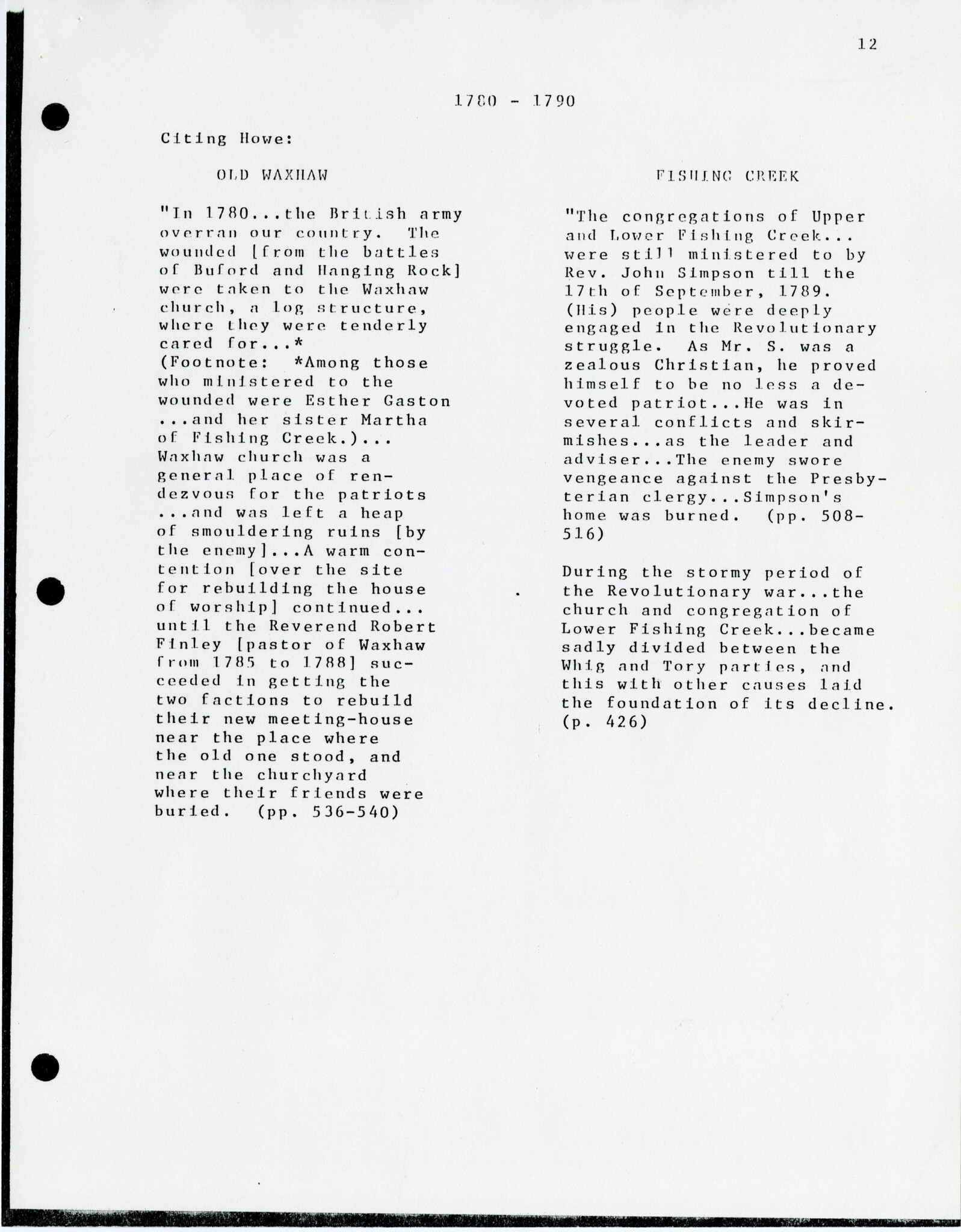 Click on image to pan and zoom.
Click on image to pan and zoom.
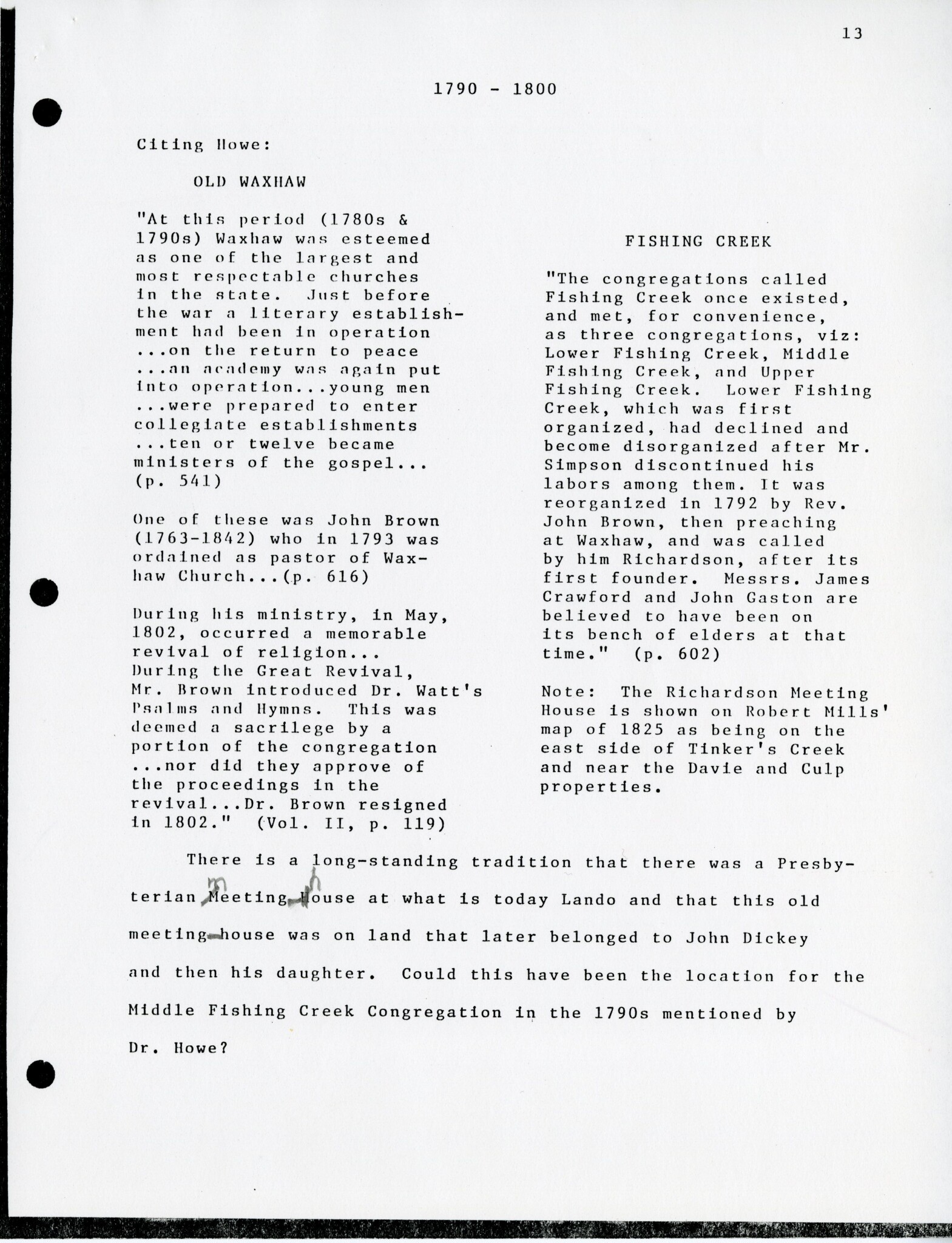 Click on image to pan and zoom.
Click on image to pan and zoom.
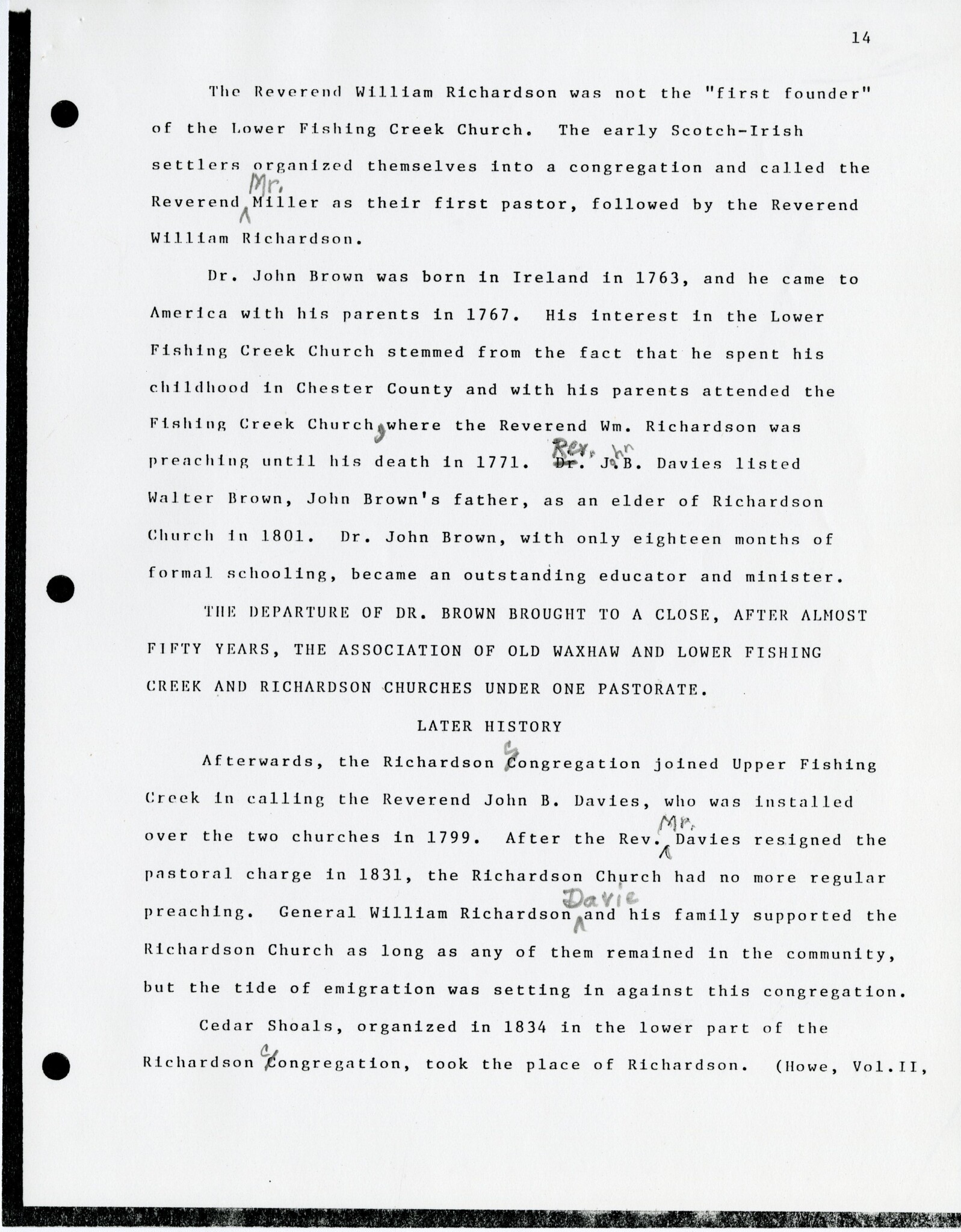 Click on image to pan and zoom.
Click on image to pan and zoom.
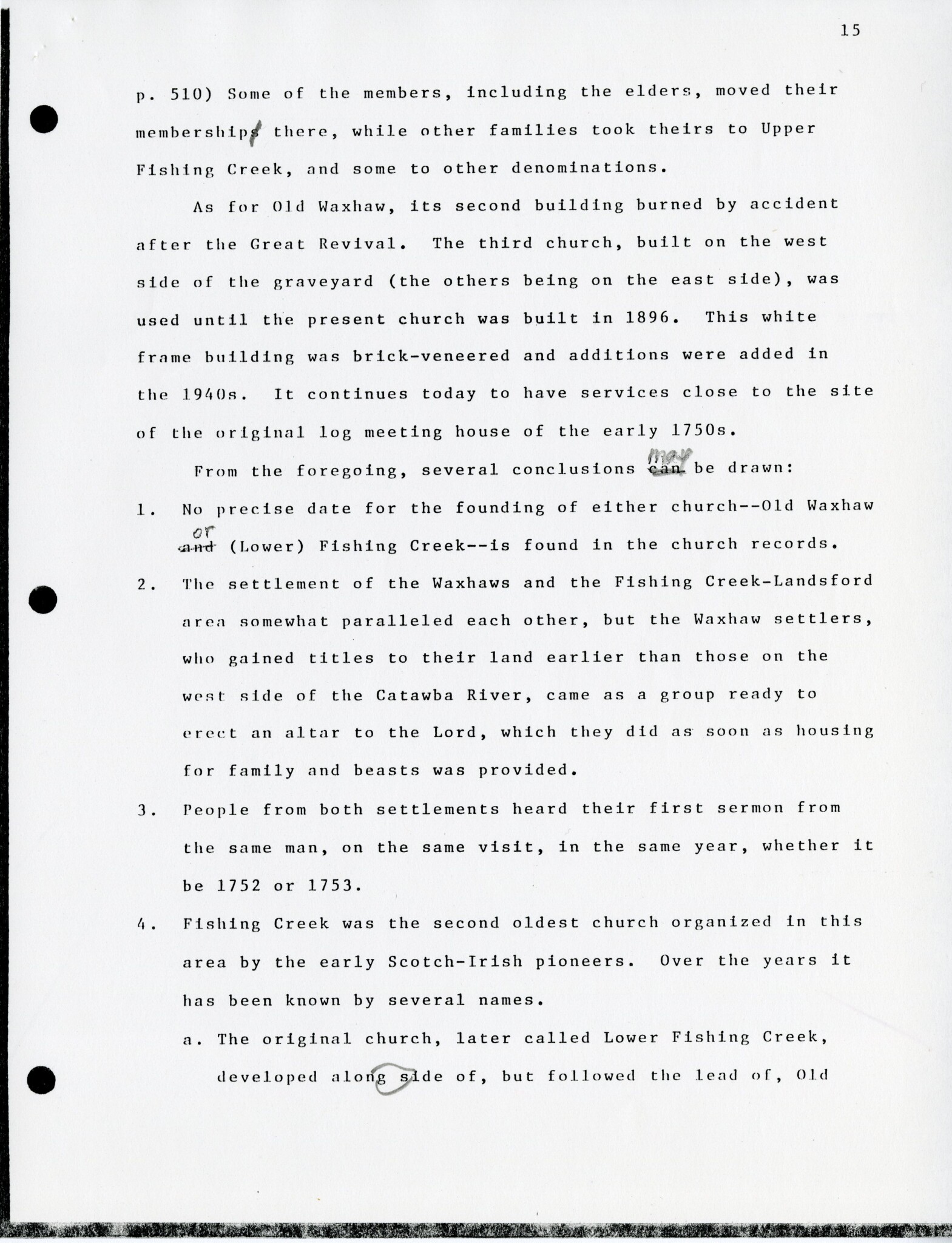 Click on image to pan and zoom.
Click on image to pan and zoom.
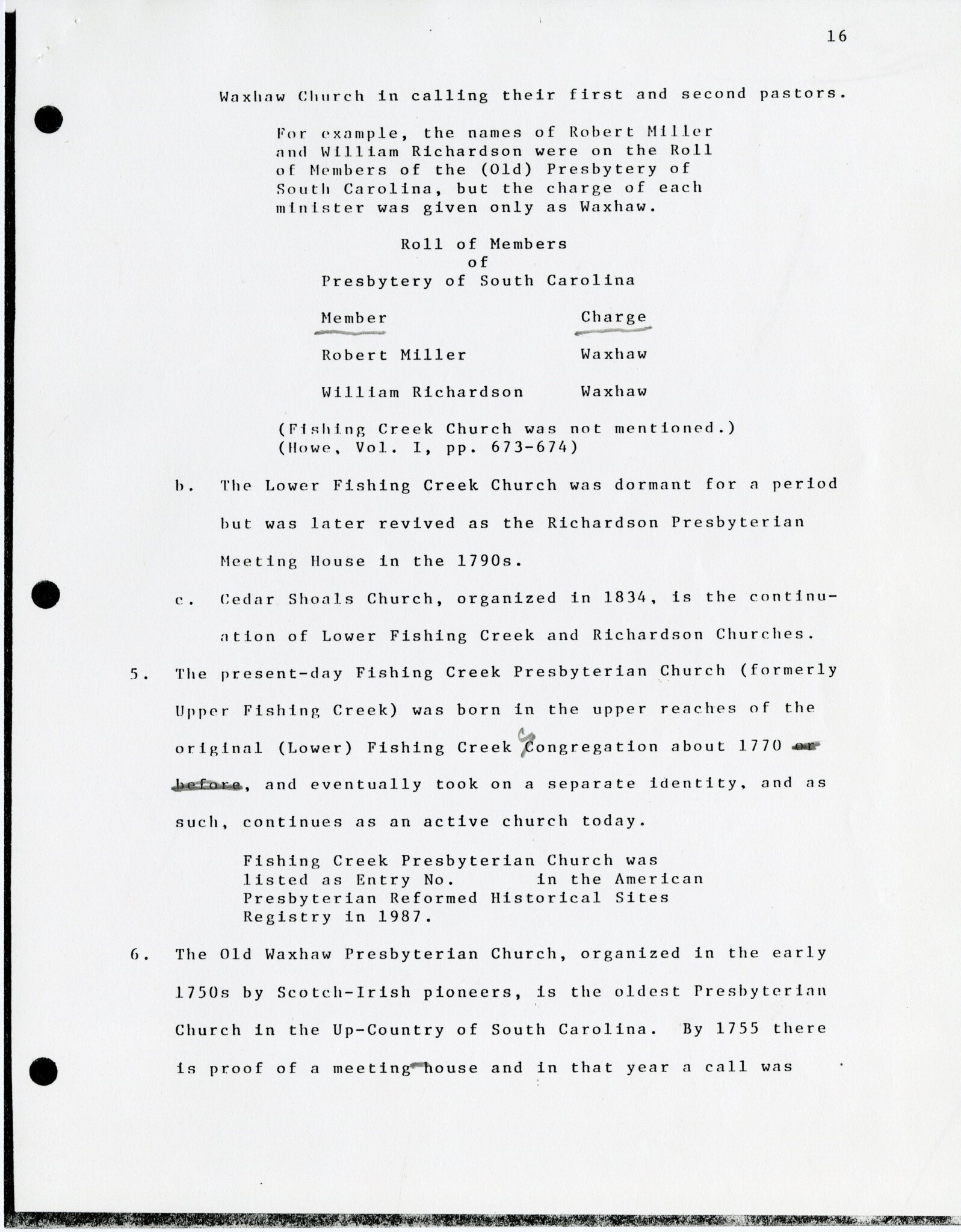 Click on image to pan and zoom.
Click on image to pan and zoom.
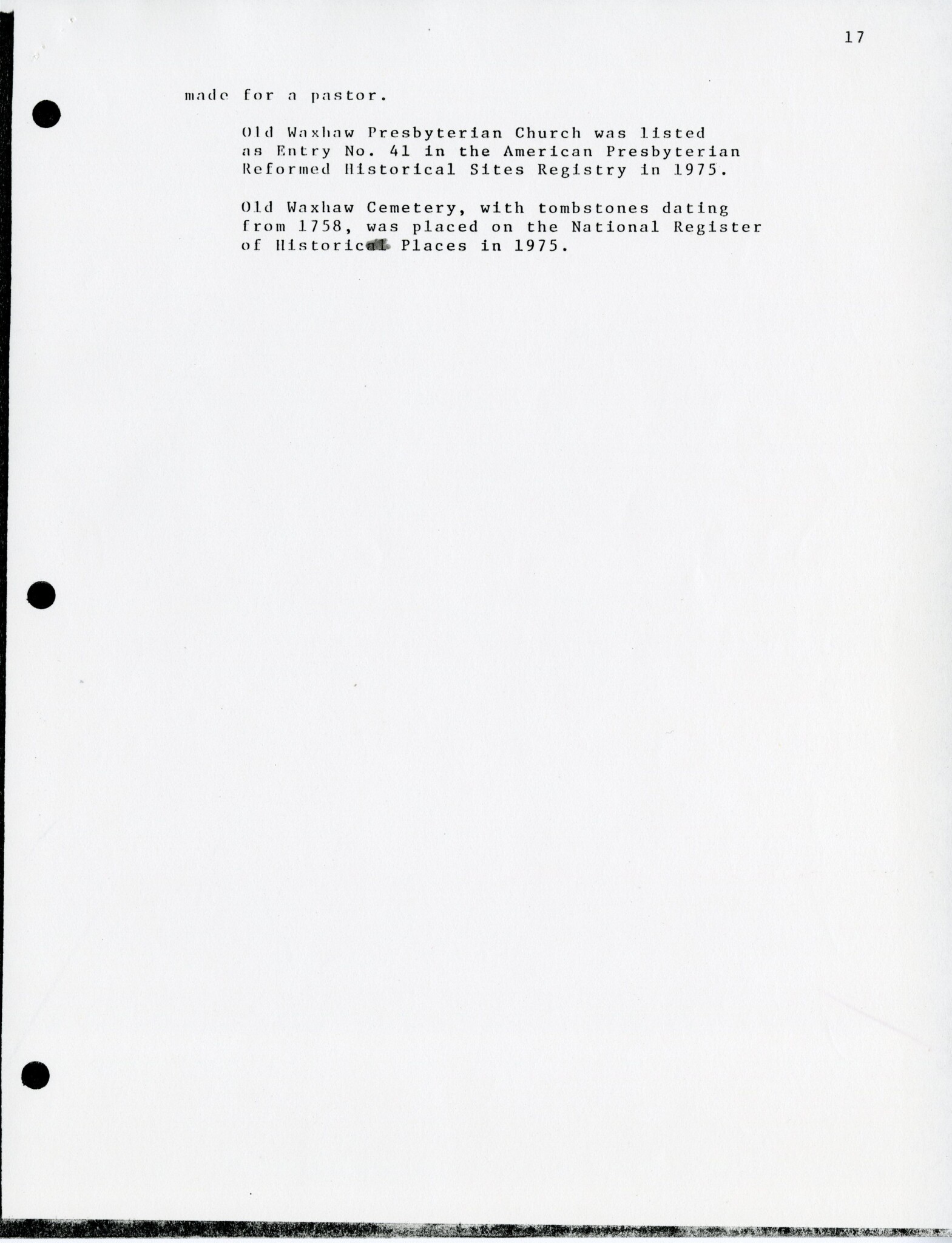 Click on image to pan and zoom.
Click on image to pan and zoom.
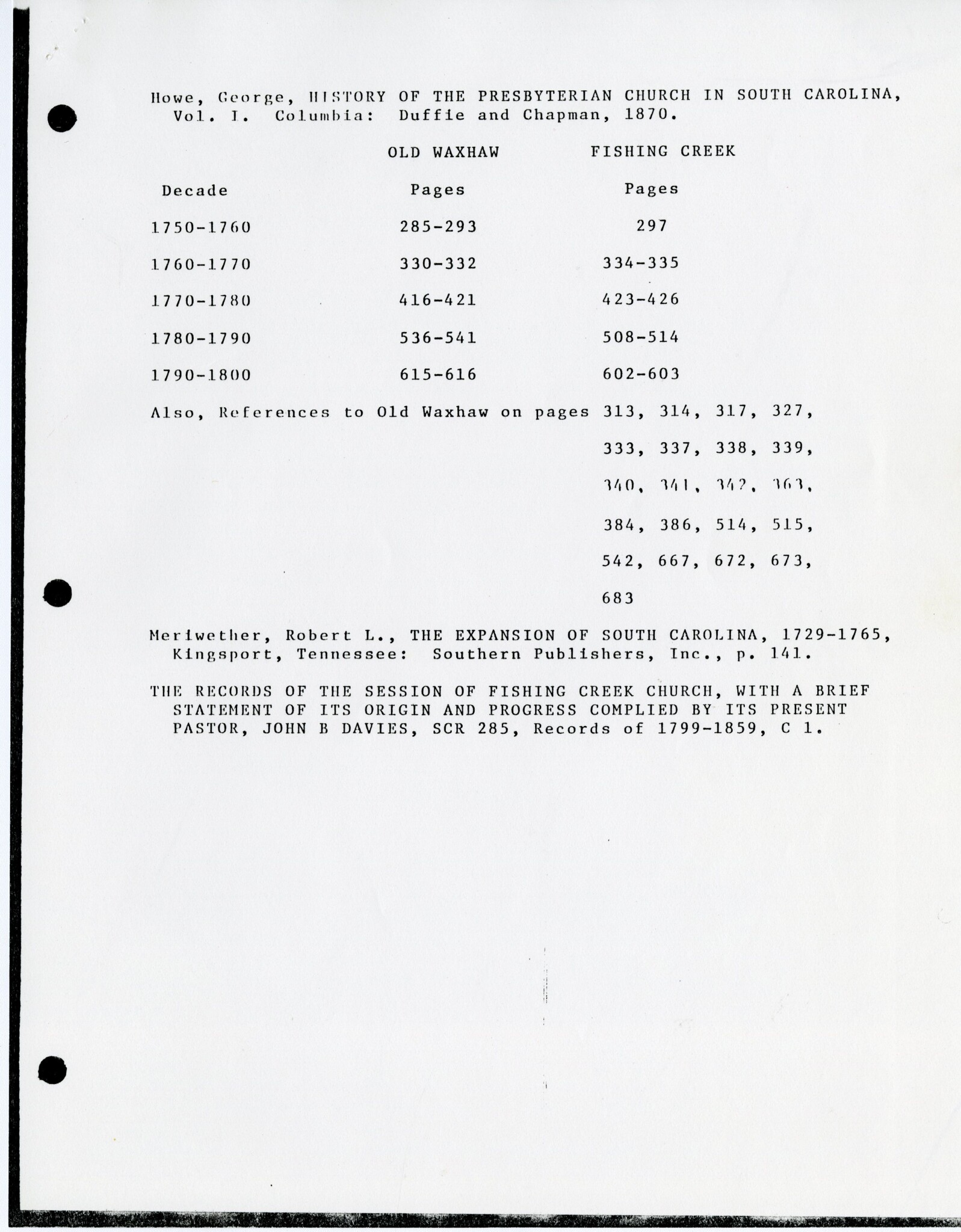 Click on image to pan and zoom.
Click on image to pan and zoom.
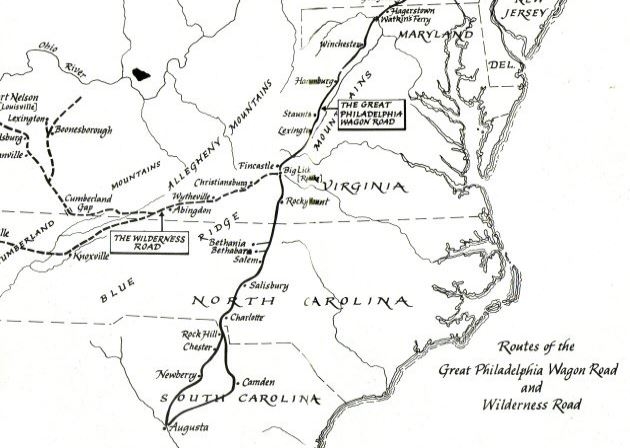
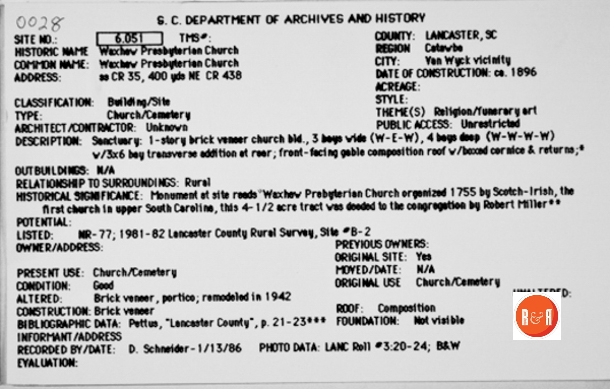
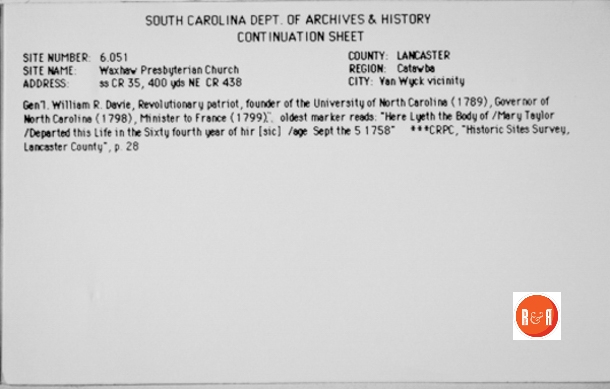
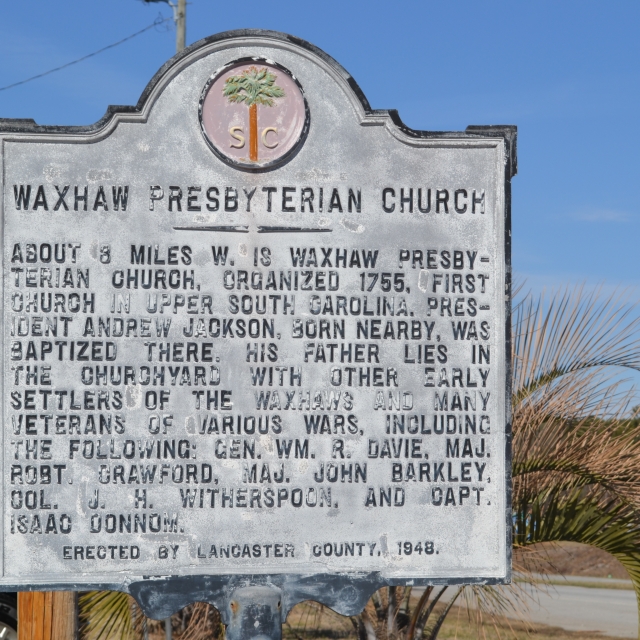
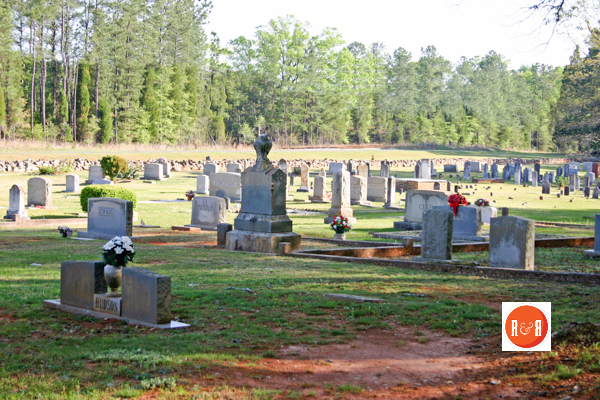
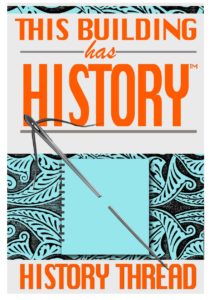

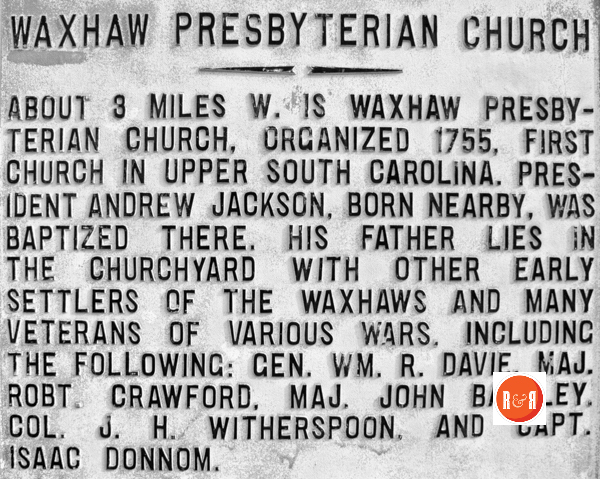
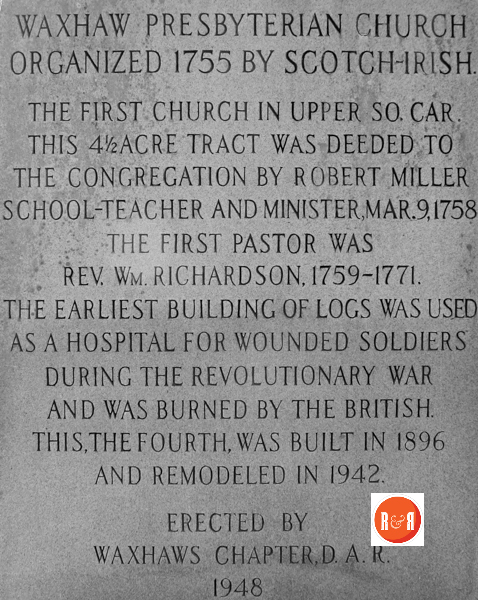


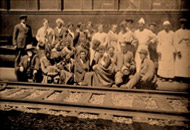
Share Your Comments & Feedback: